In a surprising unanimous decision, the Supreme Court has sided with the National Rifle Association, affirming that the group “plausibly alleged” a First Amendment breach by New York’s financial regulatory body.
This pivotal case accuses the state department of unfairly targeting the NRA, hindering its ability to advocate effectively.
Unpacking the Allegations of Free Speech Violation
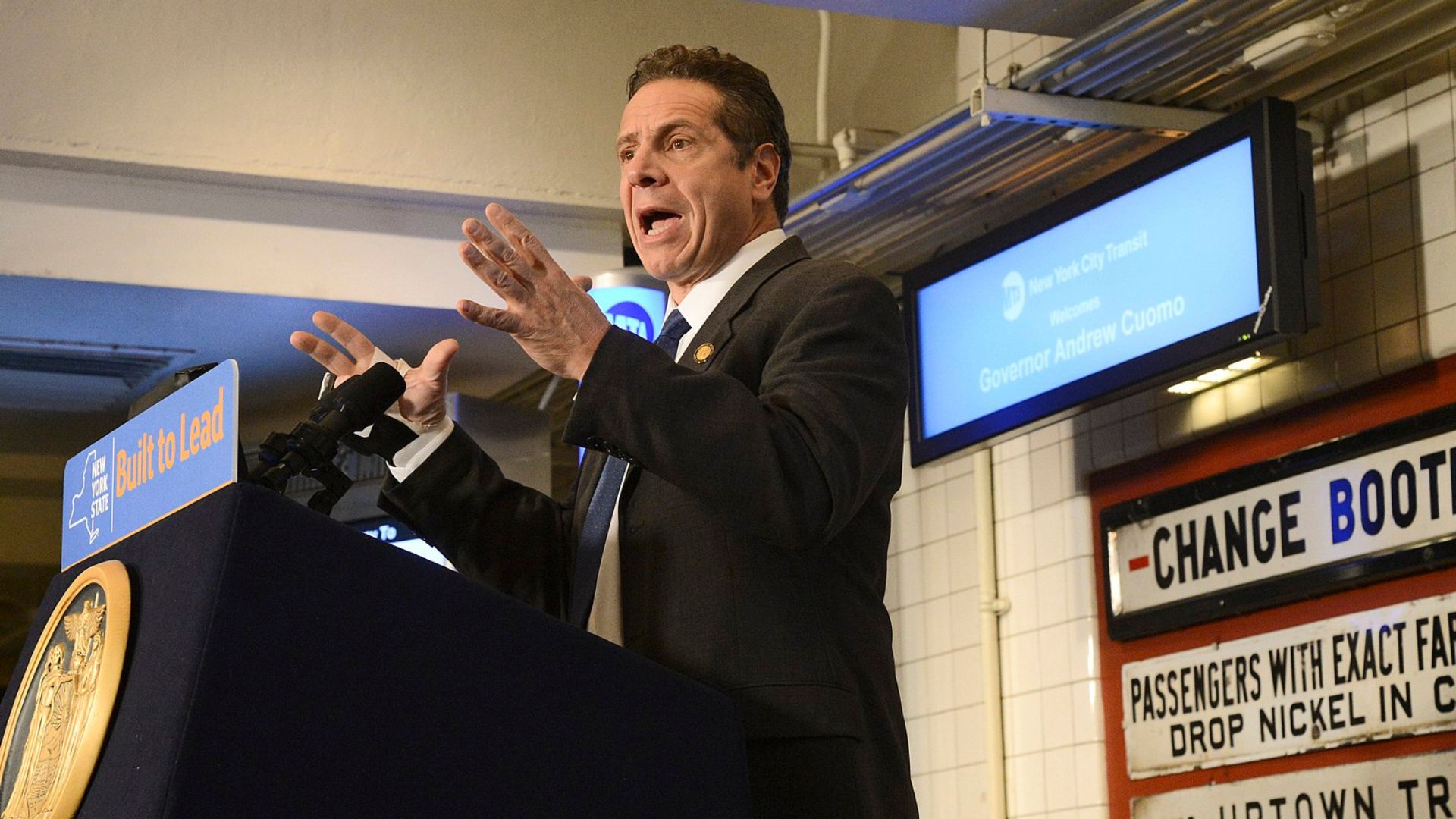
The allegations pinpoint Maria T. Vullo, who reportedly acted under the influence of then-Governor Andrew Cuomo.
The court noted that her actions possibly coerced businesses into dissociating from the NRA, dampening the group’s voice and reach, a serious potential infringement on its right to free speech.
A Strong Echo from the Past
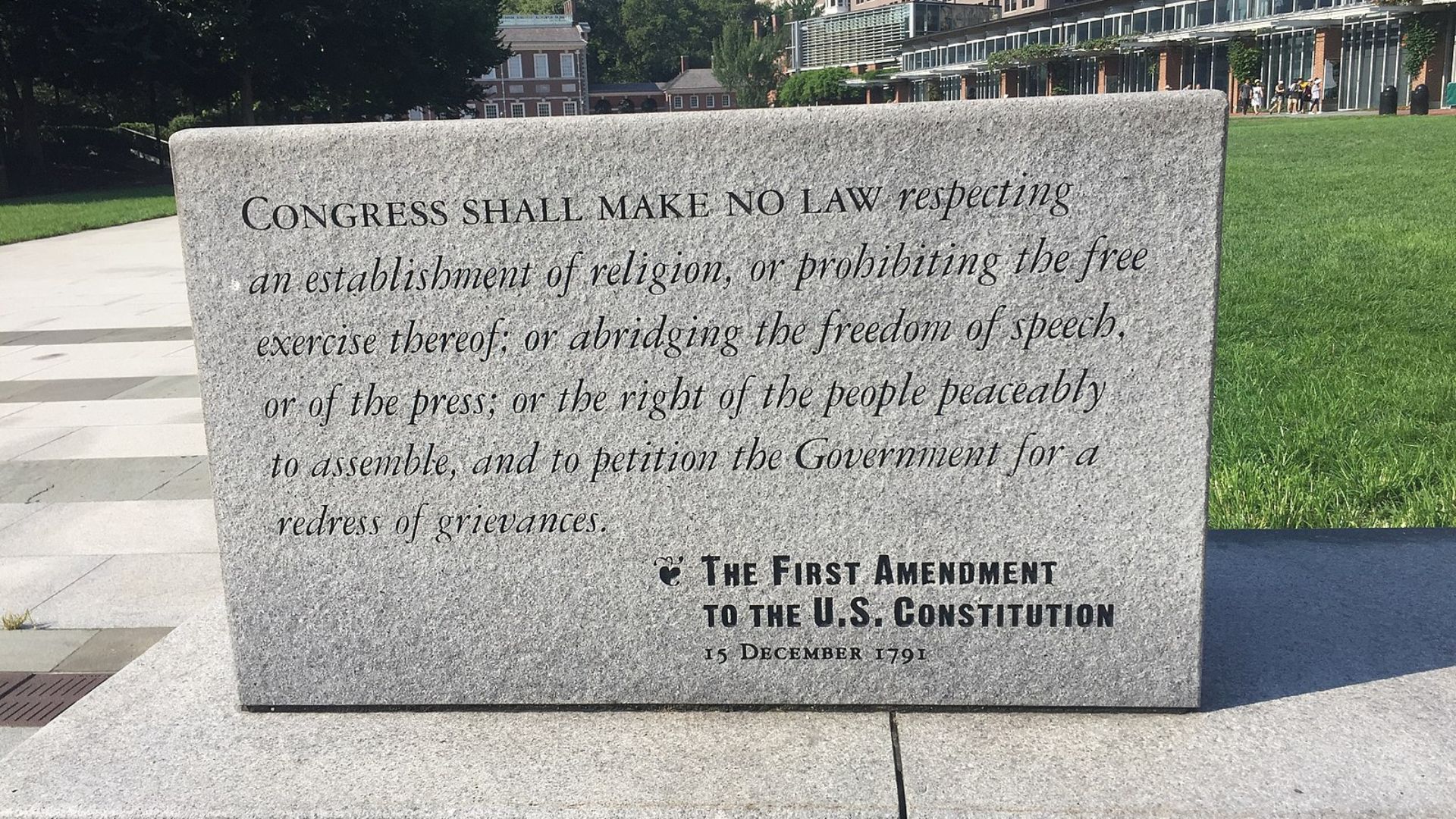
The court’s ruling revives a vital constitutional principle established over sixty years ago, affirming that the government cannot use threats or sanctions to quash dissenting speech.
“A government entity’s ‘threat of invoking legal sanctions and other means of coercion’…violates the First Amendment,” the justices reaffirmed.
The Spark of the Legal Fire
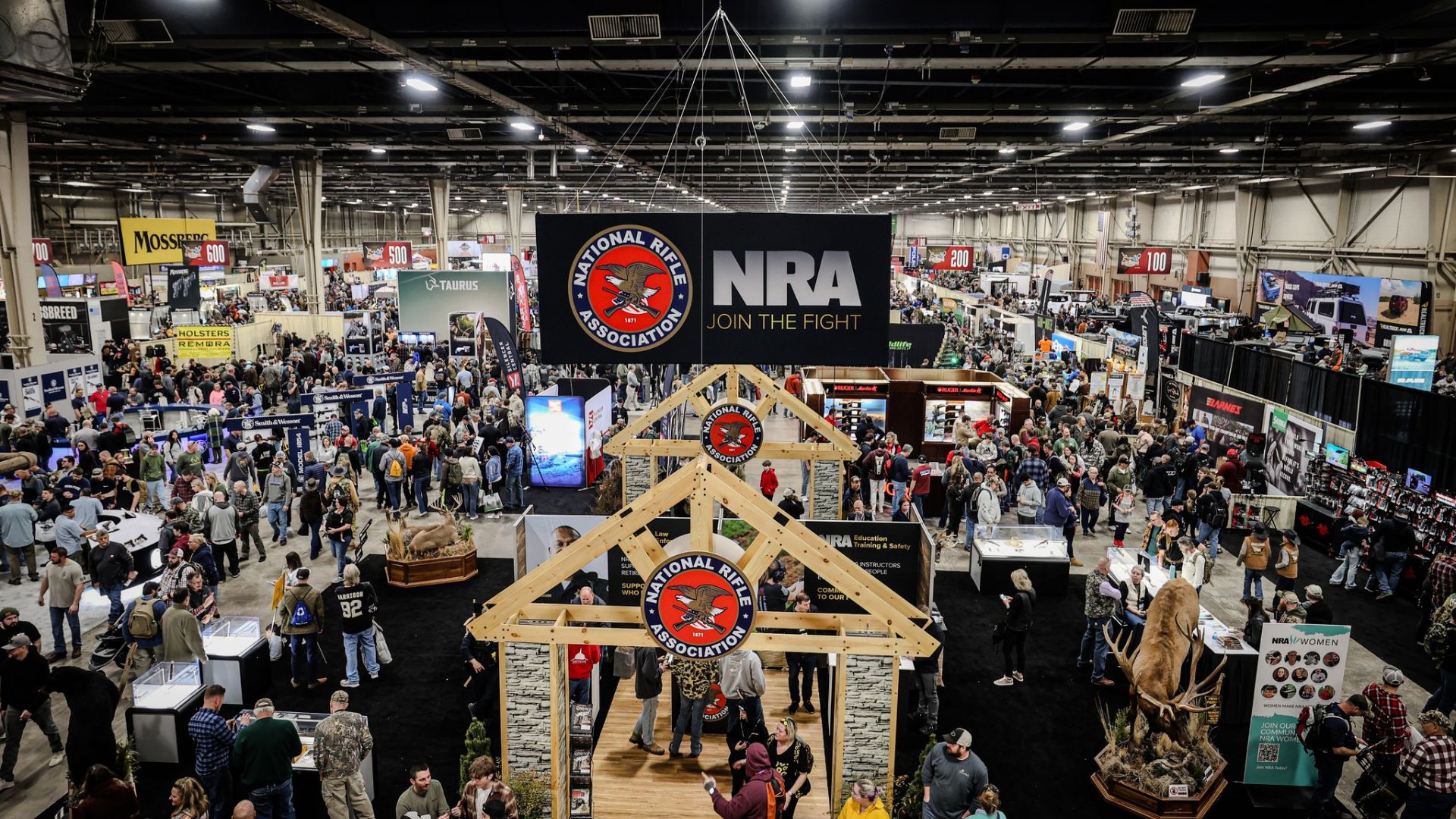
The legal battle traces back to the aftermath of the tragic Parkland school shooting.
It was then that Vullo issued guidance to banks, nudging them to reconsider their financial ties with the NRA, which the organization claims was a direct attack on their constitutional rights.
Alleged Coercive Tactics Exposed
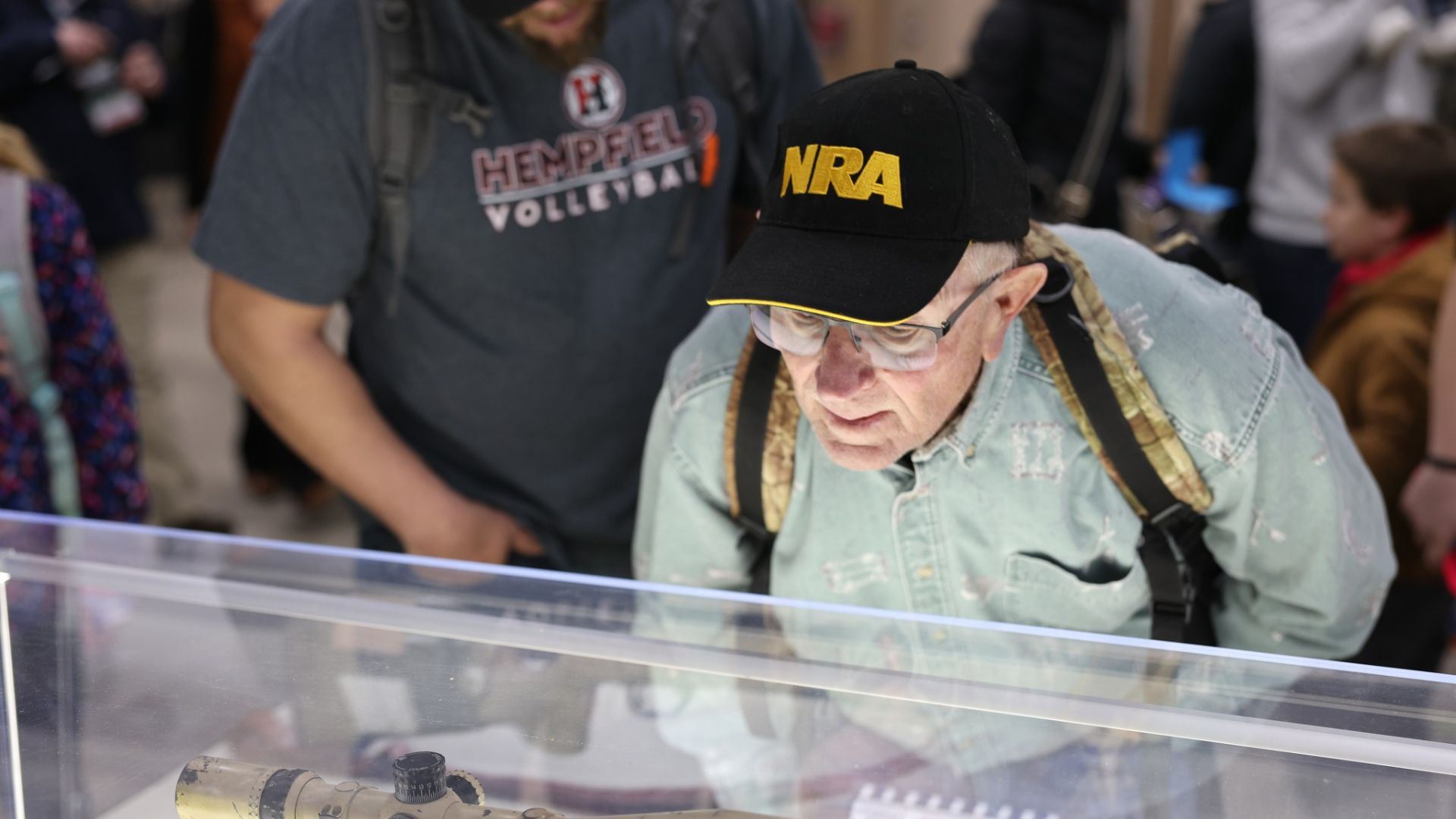
The lawsuit paints a stark picture of Vullo leveraging threats alongside promises of leniency to push companies away from the NRA.
These alleged strong-arm tactics aimed to financially and socially isolate the advocacy group, according to the lawsuit.
The Legal Journey of the NRA’s Claim
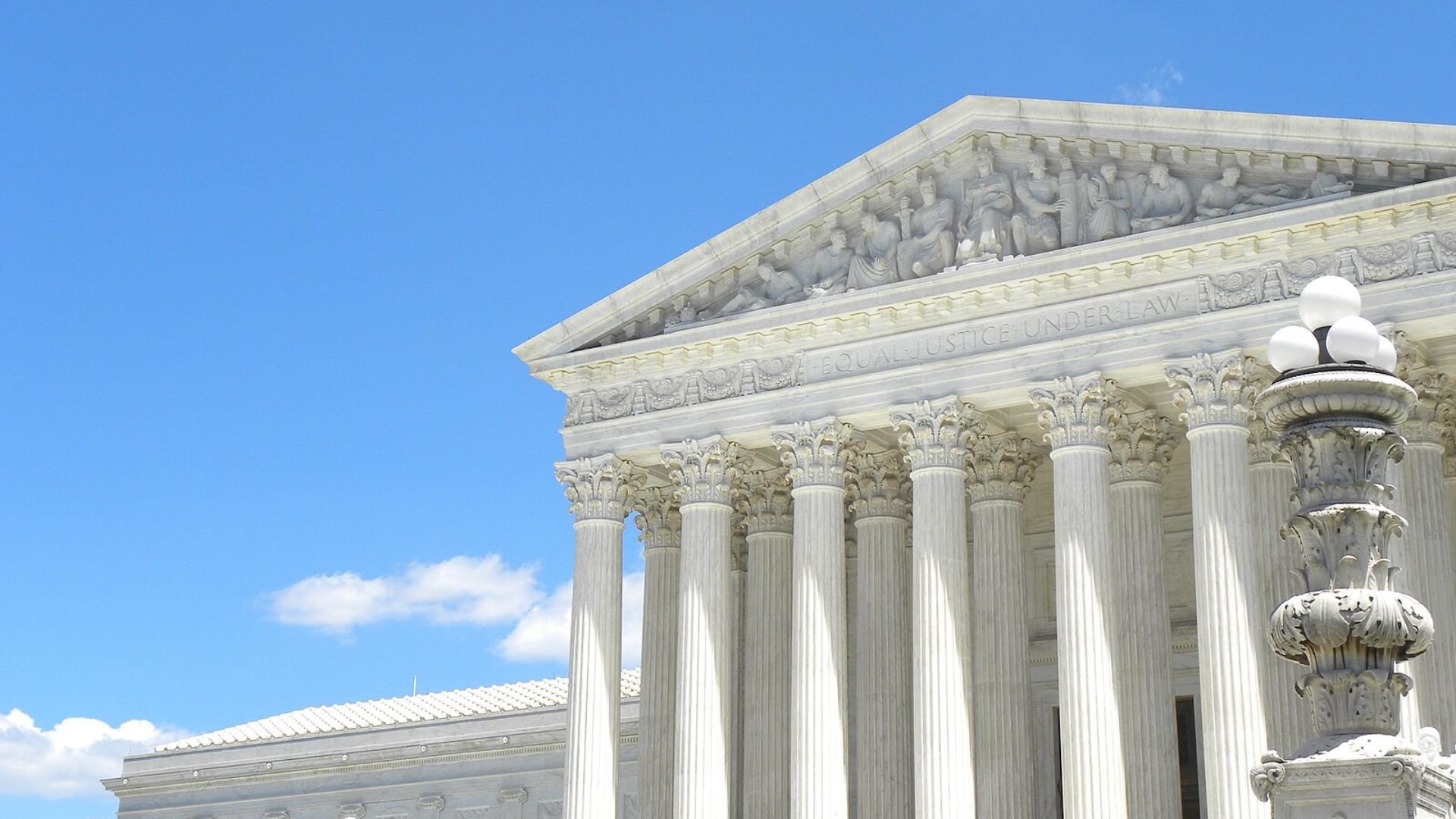
Originally dismissed by a federal appeals court in 2022, the Supreme Court has now overturned that decision, sending the case back for more thorough consideration.
This move demonstrates the seriousness with which the court views the potential First Amendment violations.
Unlikely Allies: ACLU Supports NRA
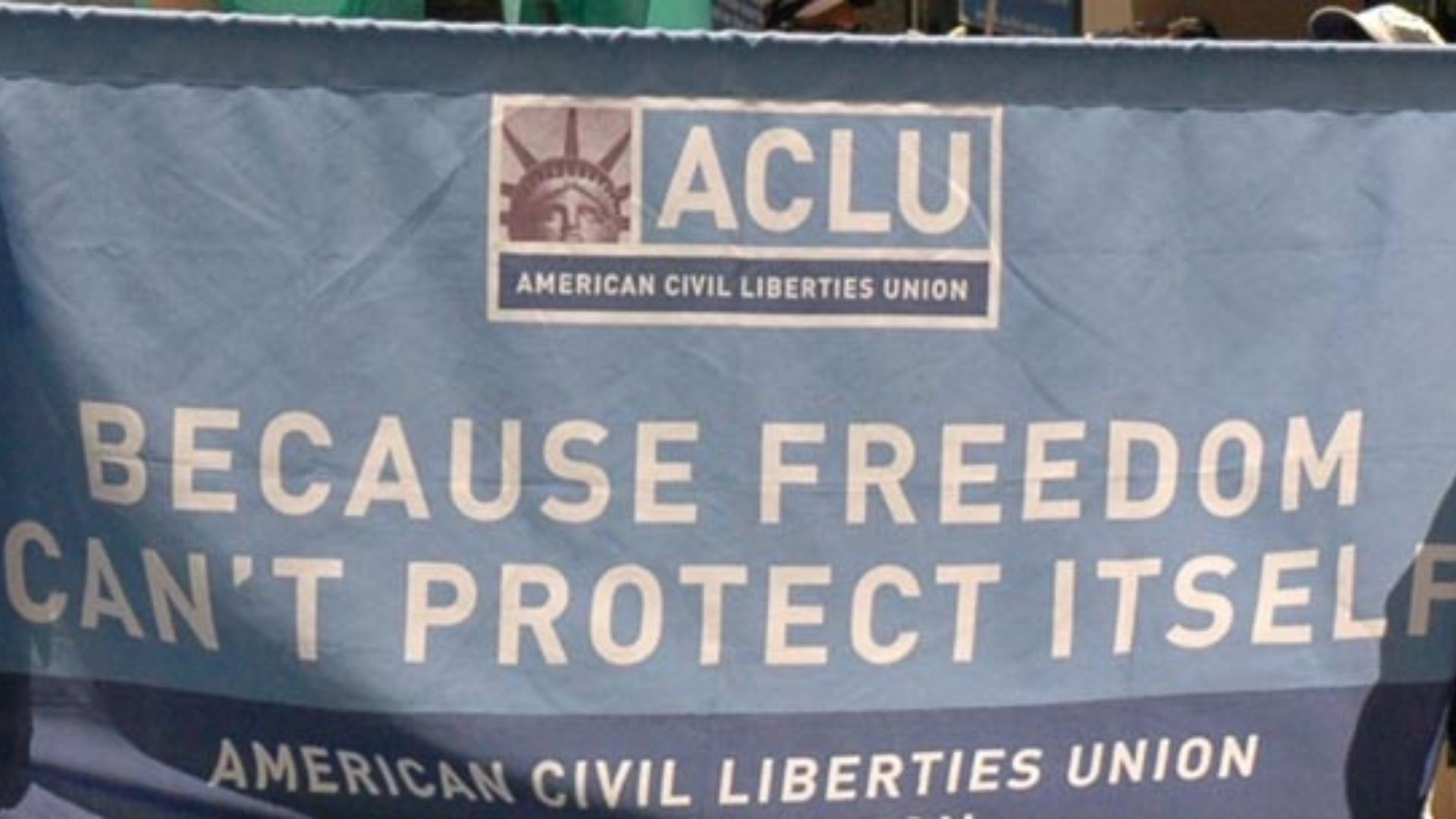
In an unexpected twist, the American Civil Liberties Union stood with the NRA, championing their right to free speech despite ideological differences.
This alliance highlights the case’s broader implications for free speech, transcending typical partisan divides.
Justice Sotomayor’s Definitive Stance
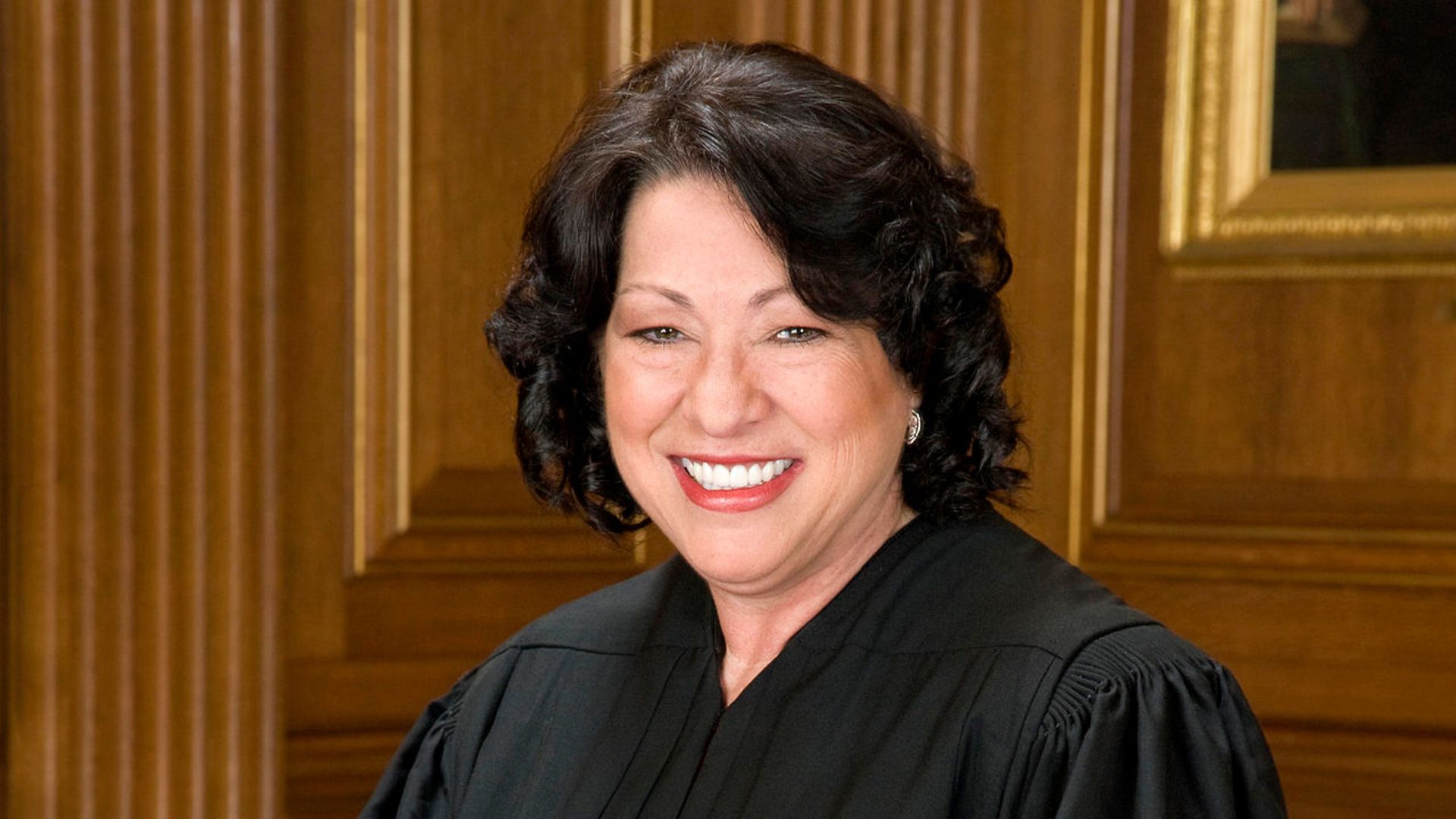
Justice Sonia Sotomayor, writing for the court, declared, “Government officials cannot attempt to coerce private parties in order to punish or suppress views that the government disfavors.”
This statement reiterates the court’s commitment to safeguarding free expression against governmental overreach.
Far-Reaching Implications for Free Speech
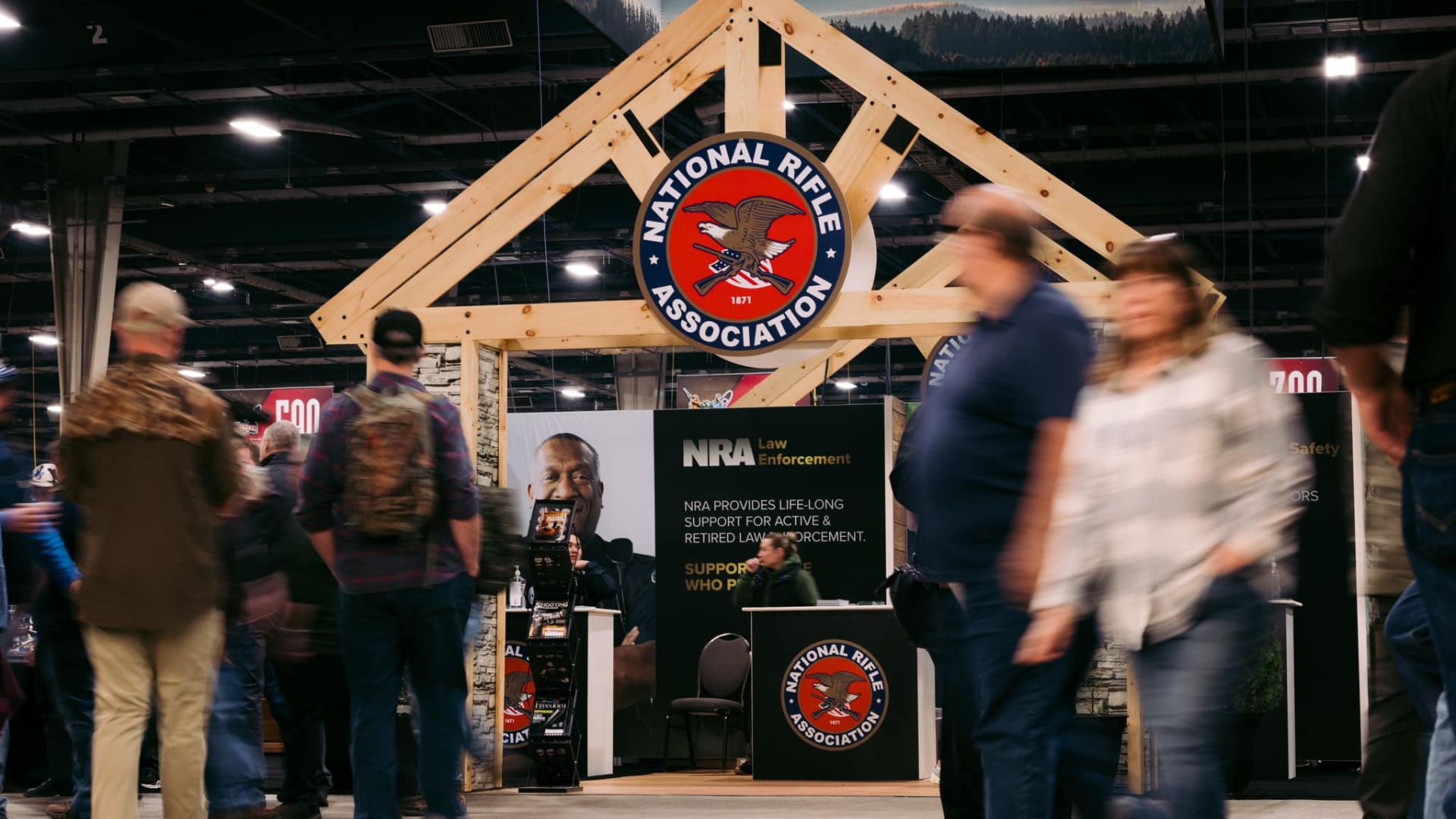
This decision sets a potentially transformative precedent for how regulators may interact with organizations, particularly those voicing controversial opinions.
It marks a cautionary note for government bodies against overstepping constitutional boundaries.
Disappointment from Vullo’s Camp

Representing Vullo, Neal Katyal voiced dissatisfaction with the court’s decision, reminding us that the current ruling only takes the NRA’s claims at face value, which have yet to be proven in court.
He looks forward to addressing the nuances of the case, especially the aspects concerning qualified immunity.
A Turning Point for Regulatory Fairness
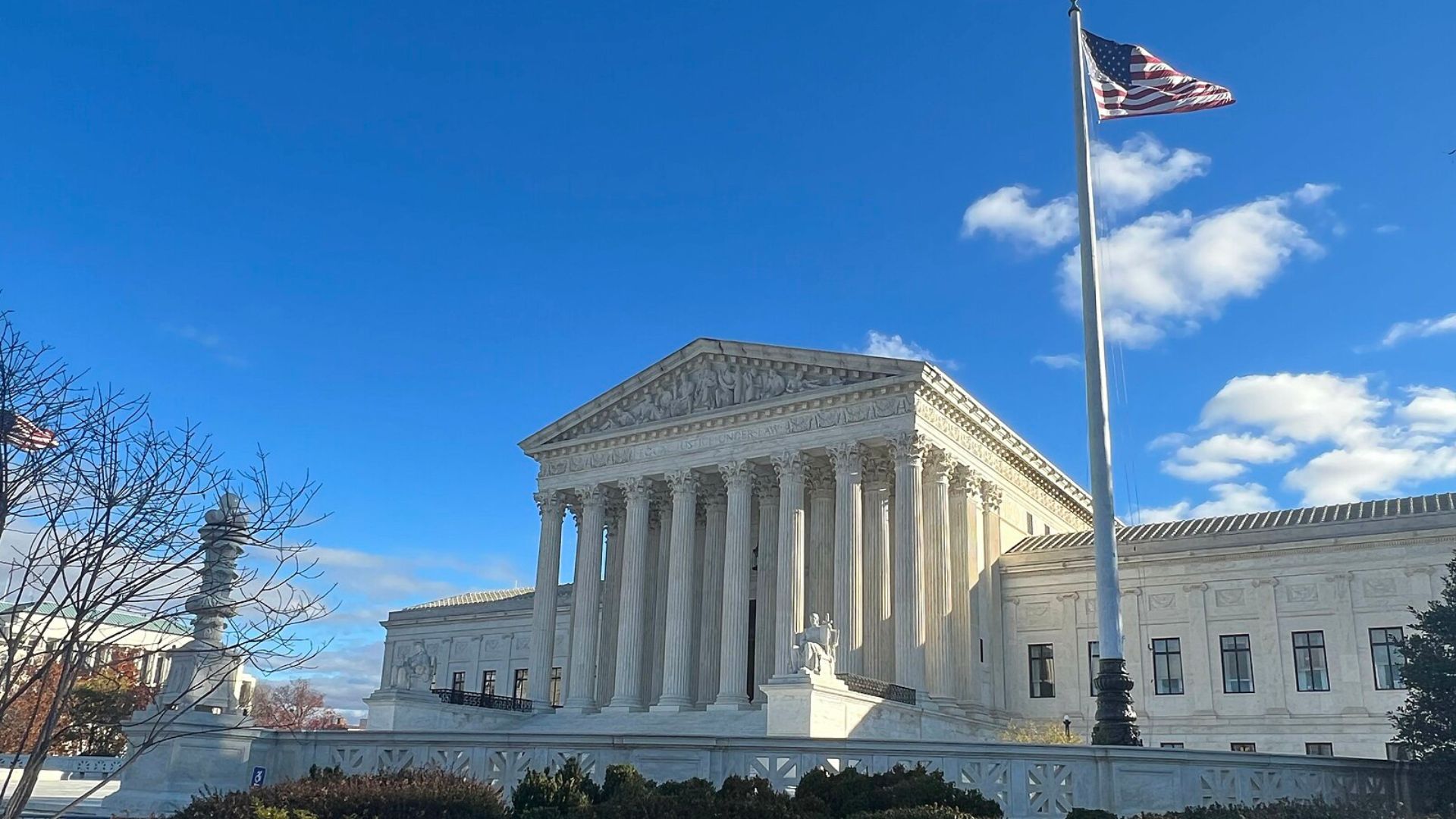
The Supreme Court’s verdict could signal a shift in how governmental powers are used against organizations based on their advocacy.
It illustrates a move towards more equitable regulatory practices.
What Comes Next in the Legal Saga
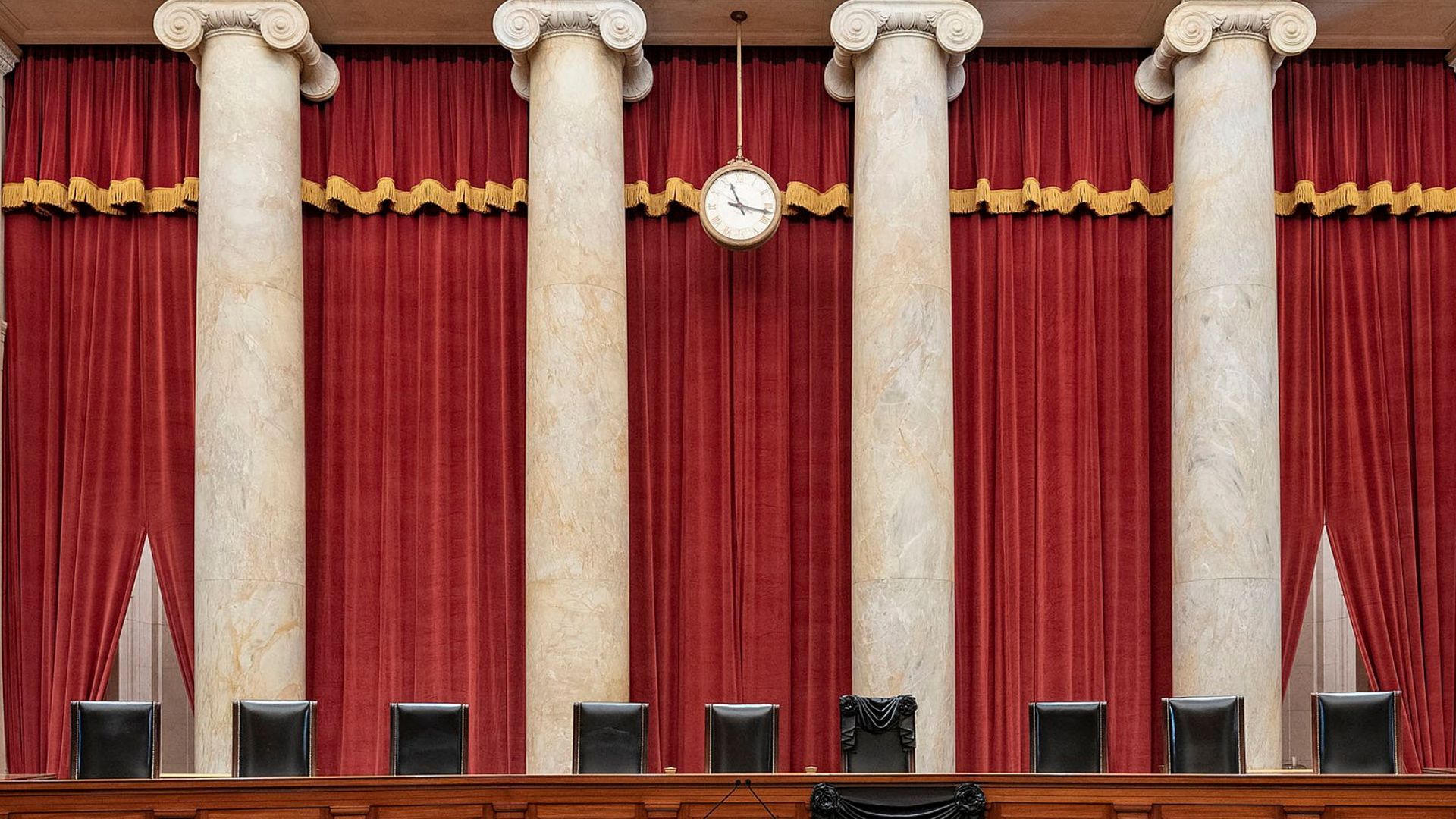
As the case returns to the lower courts, the legal and civil rights communities watch keenly.
They are eager to see how the principles laid out by the Supreme Court will influence the ongoing debates and future litigation concerning First Amendment rights and government regulation.
